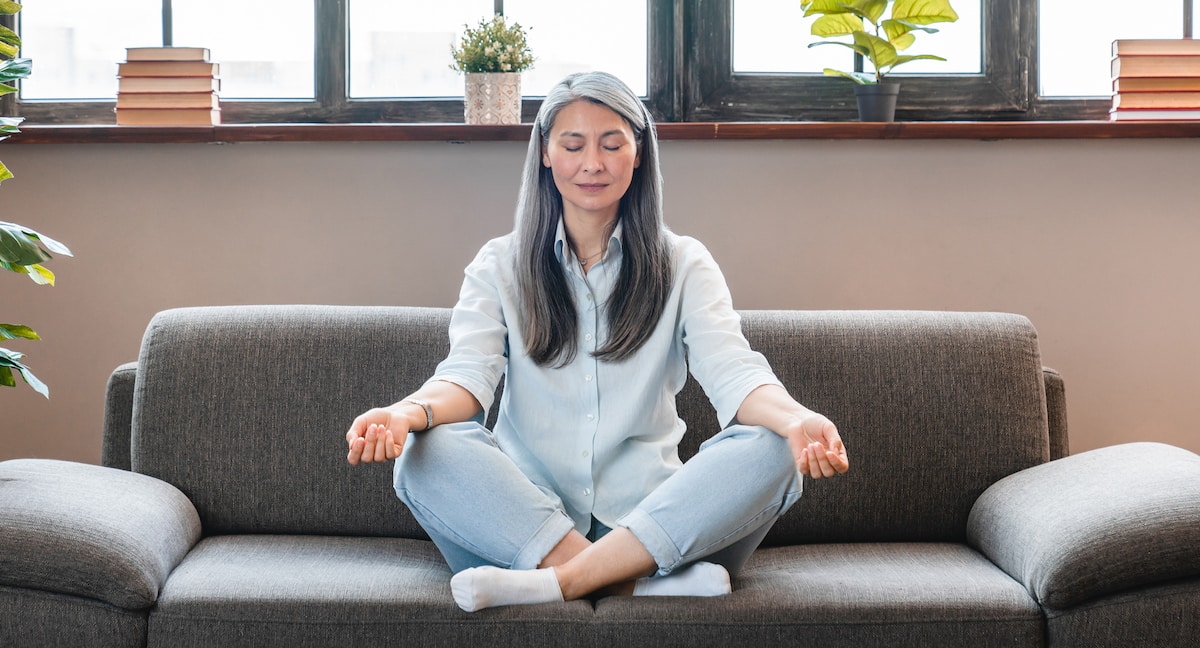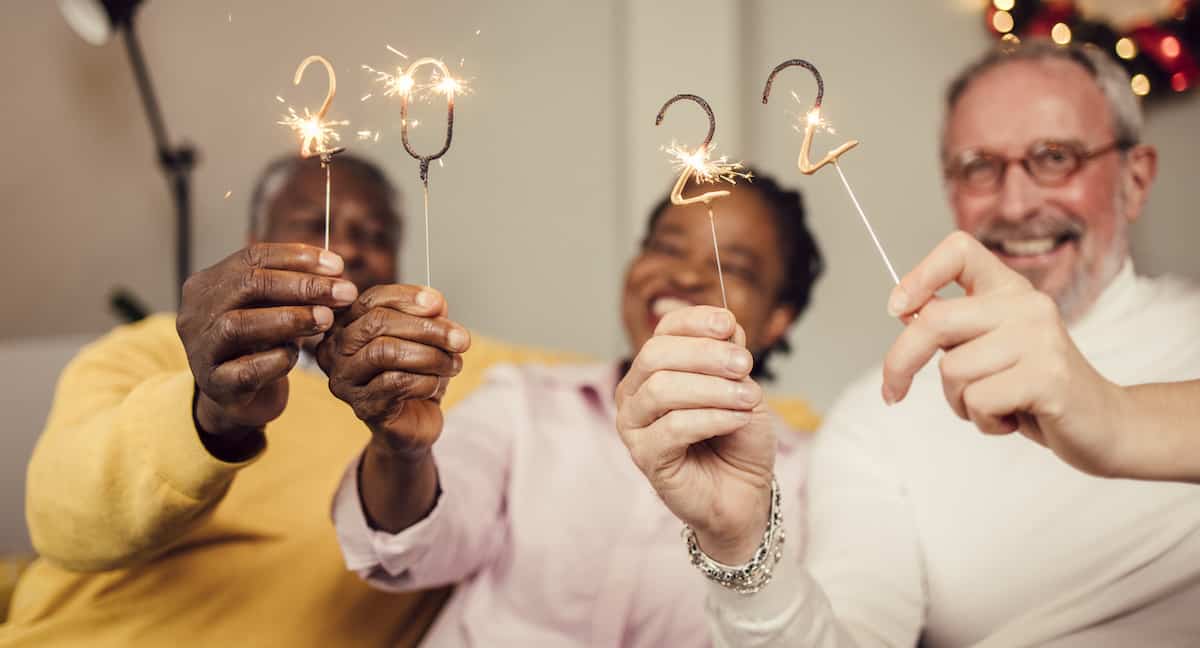If you're like most active older adults, you may have made some New Year’s resolutions…

Improve Your Mood with Meditation
The holidays are wonderful! They are also stressful, even for active retired older adults. Add to the normal holiday stress points, the uncertainty of COVID-19, and this year may be even harder on the body and the mind, than usual. Before the holidays are in full swing, get prepared by learning how meditation can help improve your mood as well as how you are able to manage stress when things get complicated.
What we know about meditation
Mediation has been used for centuries to help people relax, cope and improve overall health. And its use is on the rise. According to the National Center for Complementary and Integrative Health at the National Institutes of Health, “A new report based on data from the 2017 National Health Interview Survey (NHIS) found that U.S. adults’ use of meditation in the past 12 months tripled between 2012 and 2017 (from 4.1 percent to 14.2 percent). The use of meditation by U.S. children (aged 4 to 17 years) also increased significantly (from 0.6 percent in 2012 to 5.4 percent in 2017).”
In its many forms, meditation, has been found to lower blood pressure, decrease pain, anxiety, insomnia, and depression, and has even helped reduce symptoms of irritable bowel syndrome. For healthy people, meditation is an easy way to step back, restore calmness and minimize stress, and according to one study, may increase the gray matter of the brain, something that decreases as we age. For more about what we know about meditation’s effects, the NCCIH article, “Meditation: In Depth,” looks at recent research on the subject.
Meditation basics for beginners
Meditation is as uncomplicated as sitting quietly, in a quiet place, and letting life role off while you live inside your mind. In reality, though, getting to a meditative state can take practice. Before attempting to meditate, it might help to watch a few YouTube videos to get a feel for what you will be trying to achieve. YouTube offers a variety of guided mediation videos as well as those designed to simply educate about breathing, self-contemplation and awareness, and how to physically relax. But the truth about mediation is that it’s a different experience for everyone and for each person, each day.
Before beginning, be sure to put phones on airplane mode and turn off any disruptive equipment like televisions, speakers, etc. If you have a landline, unplug it until you’re finished. When ready, sit in a comfortable quiet place, close your eyes and take deep controlled breaths, focusing on breathing. It’s as simple as that to get going.
But wait, there’s more! Meditation doesn’t have to take place in a stationary position, it can also be achieved in motion. Walking meditation is another form that may appeal to people who have trouble slowing down, or who just enjoy taking a walk. This form of mediation uses deliberate actions to increase mindfulness and focus on various sensations like breathing, leg motion, contact with the ground, or just the sounds around you. Learn more about walking meditation in the Greater Good in Action blog, “Walking Meditation.”
Of course, there are many, many ways to practice mediation thanks to it’s more than 3,000 year history. For example there is mantra meditation, transcendental meditation, and focus meditation, all of which are slightly different but can help achieve that inner peace and calm that’s often so elusive in everyday life.
A note on mindfulness and meditation
While often used together as one, mindfulness and meditation are two different things that just happen to go very well together. Mindfulness is a significant part of Buddhist traditions based on Zen and Tibetan meditation. It is also simple: mindfulness is the ability to focus one’s attention on whatever is happening in the present moment. It’s been used in a variety of clinical applications to help reduce depression, stress, and anxiety, and for addiction treatment. Athletes use it to perform at peak, and it is thought to provide benefits to people with psychiatric disorders. Used in conjunction with meditation, mindfulness is a great tool to have in your self-care arsenal for the holidays. To learn more about practicing mindfulness, the mindful.org blog, “What is Mindfulness?” offers a good place to start. In greater Cincinnati, check out meditation options on Google.
At Stonebridge at Winton Woods, we know that peace and happiness go hand in hand and we are always ready to assist our residents in achieving both in their everyday lives. To find out more about StoneBridge, our housing options and amenities, please contact us today.


